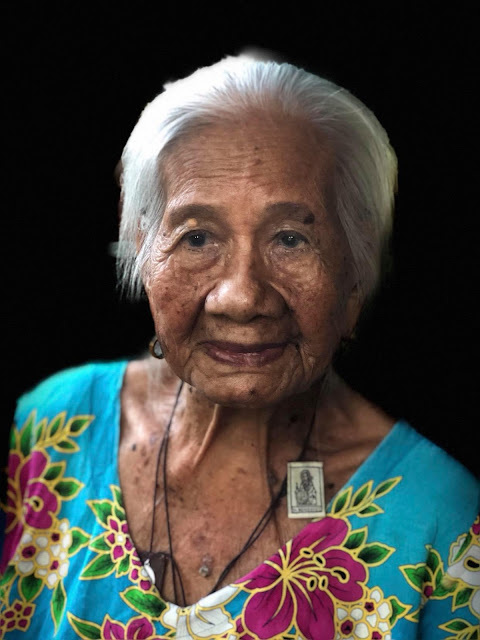The Tagbanua: History of Inagawan
Inagawan is an idyllic locale situated a few miles away from Puerto Princesa City in Palawan. The area used to be the seat of the Tagbanua Masikampo until it was moved to Aborlan. This is the place where Saint Ezequiel Moreno first met and baptized Patula (Manuel/Maning), the ninth Masikampu of the Tagbanua. Due to frequent Moro raids during that time, the Tagbanua used to call it “Riyumpakan” which roughly translates to “trampled on”.
There are two classes of Tagbanua residents of Inagawan. The Matnoranun (from Matnor river) are called Daya’nun which meant people living on the mountains. They are agricultural people and known to be rich by Tagbanua standards. The Inagawnun or Laut’nun live on the valley and are the more civilized of the two.
Inagawan has produced prominent personalities like Senator Ramon Villarosa Mitra and Jose Nolledo.
For the Tagbanua, we take pride with the history of our ancestry.
We honor and give recognition to our very own- Apo Felisa Sarmiento Escosura. She is the granddaughter of Kansim who was the son of Ingkung, the second child of Masikampu Dimas/Limas (7th Inagawan Masikampu).
Apo Pisa, as the Tagbanua fondly call her, is possibly the oldest member of the Tagbanua tribe at the age of 101 years old. She is sharp as a tack and can still recall the stories of old.
Apo Pisa is the cousin of the 14th Tagbanua Masikampu, Ignacio Cursod Joya.
Attribution owed to the Office of Masicampo Ruben C. Joya Sr.
Photo Courtesy: Ms. Jenny Meredith and Dong Escosura
References:
Religion and Society among the Tagbanuwa of Palawan Island, 1982. Dr. Robert Fox
Manners and Customs of the Tagbanuas and other tribes of the island of Palawan, Philippines. 1907. Manuel Hugo Venturello
Photo Courtesy: Ms. Jenny Meredith and Dong Escosura
References:
Religion and Society among the Tagbanuwa of Palawan Island, 1982. Dr. Robert Fox
Manners and Customs of the Tagbanuas and other tribes of the island of Palawan, Philippines. 1907. Manuel Hugo Venturello




Comments
Post a Comment